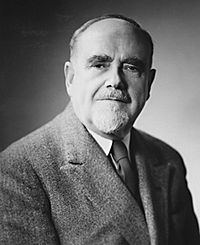Occupation DiplomatHistorian Name Arnolds Spekke | Role Envoy | |
 | ||
Books History of Latvia: An Outline, The Ancient Amber Routes and the Geographical Discovery of the Eastern Baltic | ||
Arnolds Spekke (or Arnolds Speke; born 14 June 1887, Vecmuiža parish, Russian Empire — died 27 July 1972, Washington, D.C., USA) received a doctorate in philology from the University of Latvia in 1927. In 1932 he received a Rockefeller Foundation scholarship and went studying in Poland and Italy. From 1933 to 1939 he was the Latvian envoy to Italy, Greece, Bulgaria and Albania with permanent residence in Rome, Italy.
27 July 1940, Spekke protested against the Soviet occupation of Latvia by handing over a note to the Italian government. 9 August 1940 Spekke handed over his resignation, 11 August 1940 was his last working day at the Latvian Legation in Rome. Afterwords he worked as a teacher, librarian, translator and other odd jobs in Milan and Rome.
From 1945 to 1950 Spekke worked for the Latvian Committee in Rome and 1951 he attended the founding meeting of the Latvian Liberation Committee (Latvian: Latvijas Atbrīvošanas komiteja). Beginning April 1954 Spekke was chargé d'affaires and head of the Latvian Legation in Washington, D.C. — beginning June 1954 he was also the consul general to the United States. Effective May 1963 Spekke became head of the Latvian Diplomatic and Consular Service. 1970 Spekke retired from office.
Arnolds Spekke has received the Latvian Order of the Three Stars as well as French, Polish and Swedish orders. After World War II Spekke authored more than 15 important works on Latvian history and Livonian humanists.
